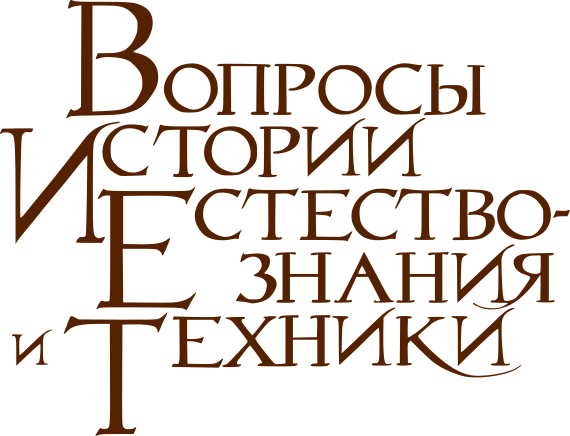On the development of «modern» algebra in Russia: The Kiev and Moscow algebraic schools of the first half of the 20th century.
Table of contents
On the development of «modern» algebra in Russia: The Kiev and Moscow algebraic schools of the first half of the 20th century.

Comments
No posts found